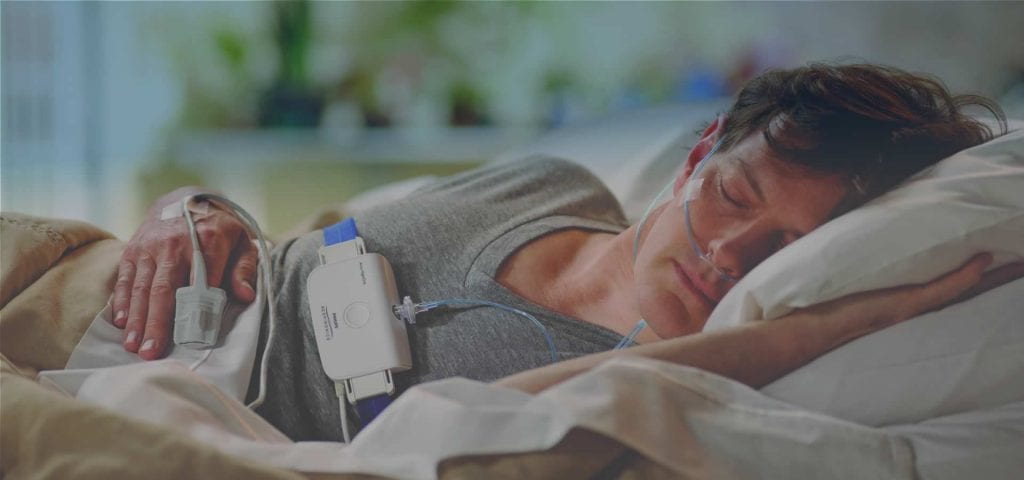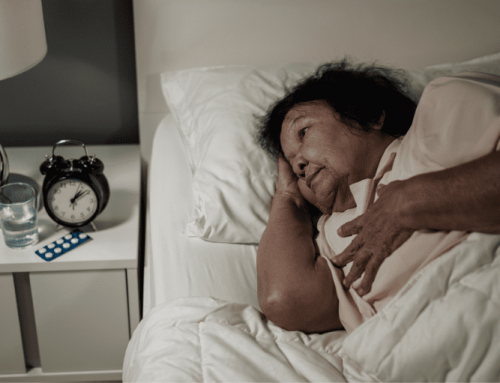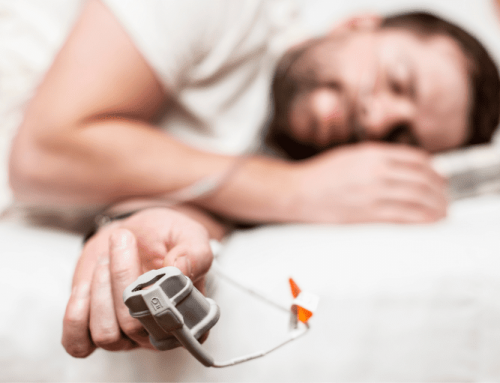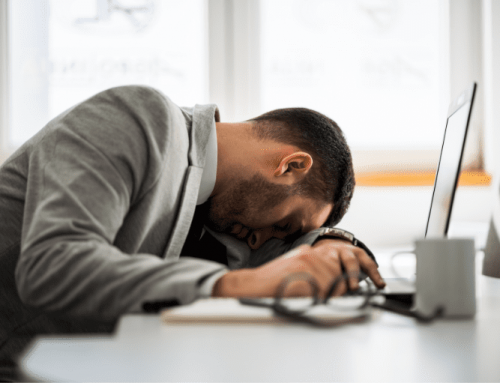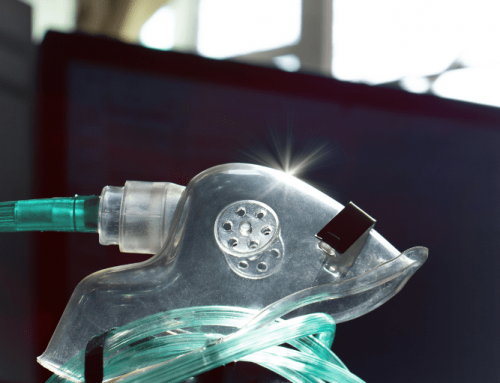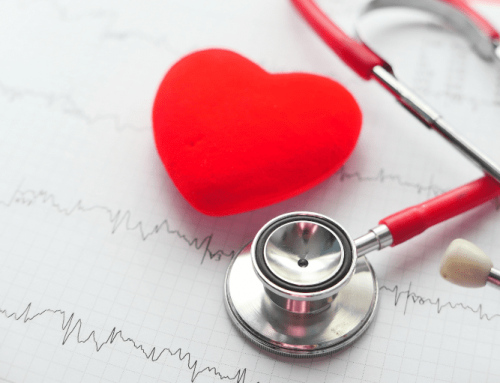Pulse Oximetry Essential in Diagnosing Sleep Apnea
Sleep apnea is a common yet under-diagnosed sleep disorder that affects more than 22 million Americans. Sleep apnea is a condition in which breathing is briefly interrupted repeatedly throughout the night while sleeping. There are two different types of sleep apnea, including obstructive sleep apnea, OSA, and central sleep apnea, OSA being the most common. It is estimated that 80% of OSA cases are undiagnosed, depriving people of much needed treatment. If left undiagnosed, it can lead to loud snoring, difficulty concentrating, daytime sleepiness, fatigue, irritability, and headaches. In addition to these symptoms, OSA can be a risk factor for other, potentially serious, health conditions such as hypertension, heart failure, stroke, depression, and type 2 diabetes.
Obstructive sleep apnea occurs when the muscles in the back of the throat relax and collapse, causing the airway to narrow or close completely, decreasing the amount of oxygen that can reach the lungs. As a result, the oxygen level in the blood falls, leading to hypoxemia. The brain senses it is not getting enough oxygen and causes the person to startle awake so that the airway can open and allow more oxygen through. These episodes of cessation of breathing, called apnea episodes, last at least ten seconds and can occur multiple times an hour, which impedes the body’s ability to achieve deep, restful sleep.
OSA is typically diagnosed with a full in-lab sleep study called a polysomnogram, which is the best diagnostic tool to identify a variety of sleep disorders. A polysomnogram records brain waves, eye and leg movement, blood oxygen level, heart rate, and breathing. While this may be the best tool, it is time-consuming, expensive, and uncomfortable. Because of this, home pulse oximetry and home sleep tests have become valuable screening tools to accelerate the diagnosis process of certain sleep disorders.
One of the most important parameters used to diagnose OSA is the oxygen level of the blood. Measuring the blood oxygen level is accomplished through the use of a pulse oximeter. A pulse oximeter is a device that is most commonly placed on a finger but can also be placed on a toe or earlobe. The device emits infrared light into the smallest blood vessels in the finger and measures the amount of light reflected off the gases in the blood. The reading is a percentage of blood that has oxygen bound to red blood cells. A 95-100% reading while asleep is normal, but any reading below 90% is considered abnormal. In addition to measuring oxygen content, a pulse oximeter also measures heart rate, which is also essential in sleep apnea diagnosis.
The data is continuously recorded throughout the night by a small device that connects to the pulse oximeter by a small wire. The results are generated into a graph that reveals any drops in oxygen content, called desaturations. If oxygen desaturation events occur in conjunction with a spike in heart rate, it could indicate an apnea episode. These events happen in healthy individuals as well but are limited to less than five episodes per hour. If these episodes occur several times an hour and result in abrupt awakenings by snoring, choking, or gasping for air, the individual is most likely suffering from sleep apnea. Mild, moderate, or severe cases are diagnosed by how many episodes occur within one hour. Five to 15 episodes an hour is considered mild sleep apnea, 15 to 30 is moderate, and more than 30 is severe.
Getting adequate sleep is essential to maintaining our overall health, but it almost feels impossible for sleep apnea sufferers. Certain lifestyle changes may be all that is required for mild sleep apnea sufferers to find relief. This can include losing weight, avoiding sleeping on your back, exercising regularly, avoiding alcohol, and not smoking. In moderate to severe cases, a continuous positive airway pressure (CPAP) machine is typically the best option. A CPAP machine is the most widely used, highly effective treatment for sleep apnea. This machine works by delivering constant airflow through a mask that covers the nose and mouth. The continuous flow of air into the airway keeps the tissues from collapsing by increasing air pressure in the throat, allowing normal breathing. Other medical interventions used to help treat sleep apnea include oral devices that prevent the lower jaw from shifting, which prevents the tongue to collapse into the back of the throat, and even surgical procedures to remove excess tissue in the throat.
Sleep apnea is one of the most common, undiagnosed conditions. But if left untreated, it could cause irreversible damage to vital organs and decrease your quality of life. If you suspect you, or your snoring partner, may be suffering from complications of sleep apnea, consult your physician and ask if you could benefit from overnight pulse oximetry or a home sleep test. Early diagnosis and intervention will not only help improve your sleep, but also your overall health.

